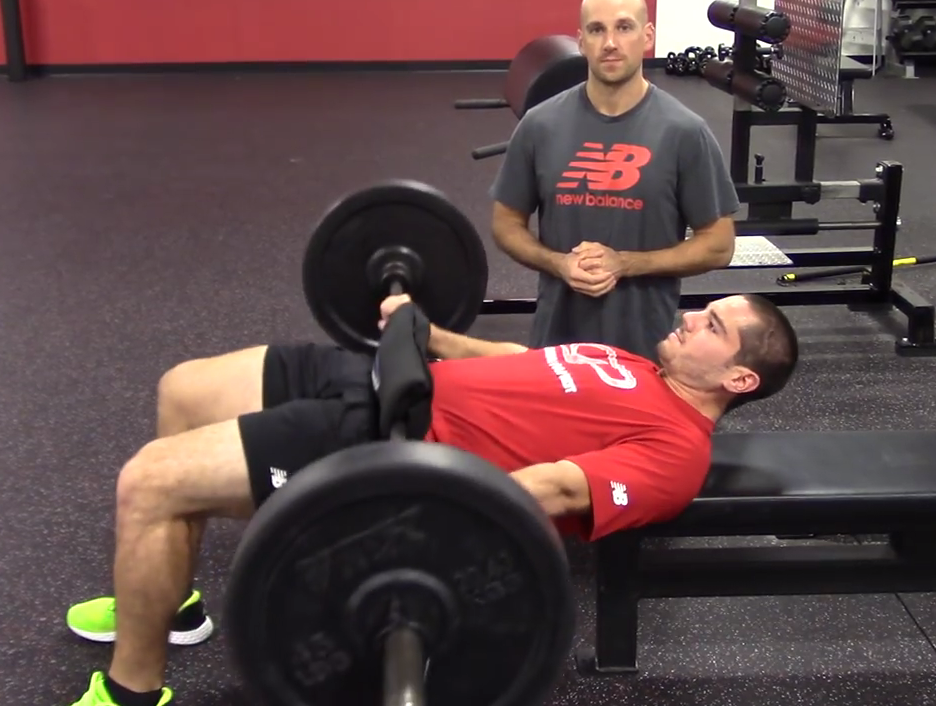
The 4 Most Common Barbell Hip Thrust Technique Mistakes
As I’ve written previously (see In Defense of the Hip Thrust), I’m a fan of barbell hip thrusts (and supine bridges). Like most exercises, though, there are some common technique pitfalls. This week, on my Instagram, I featured the four most common mistakes I see in this regard. Check them out:


